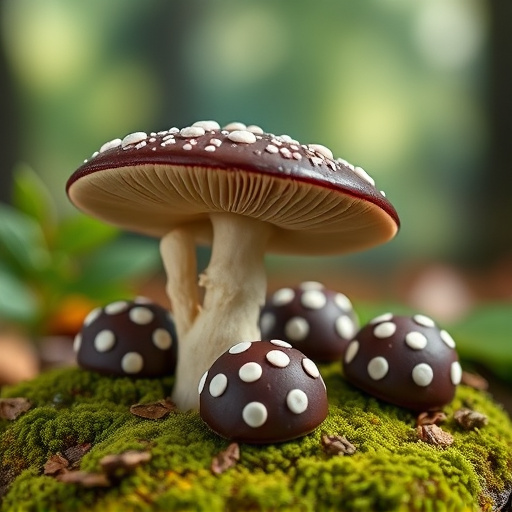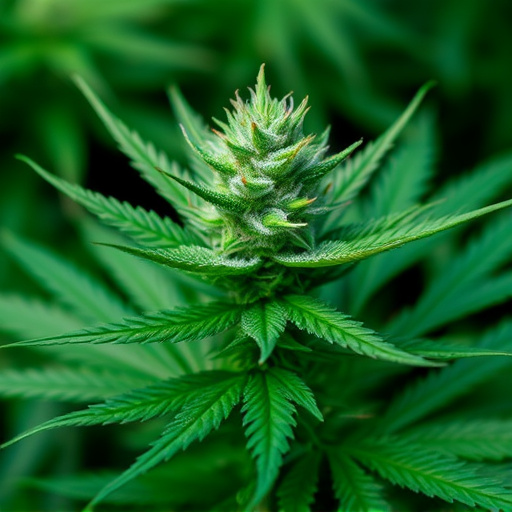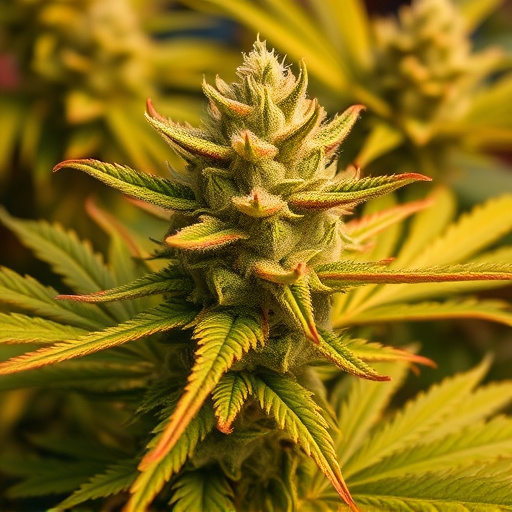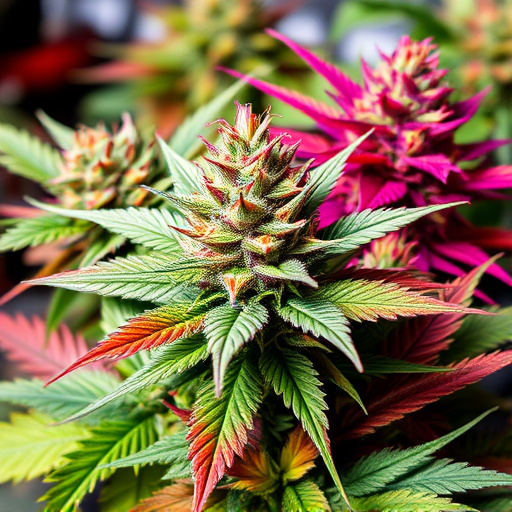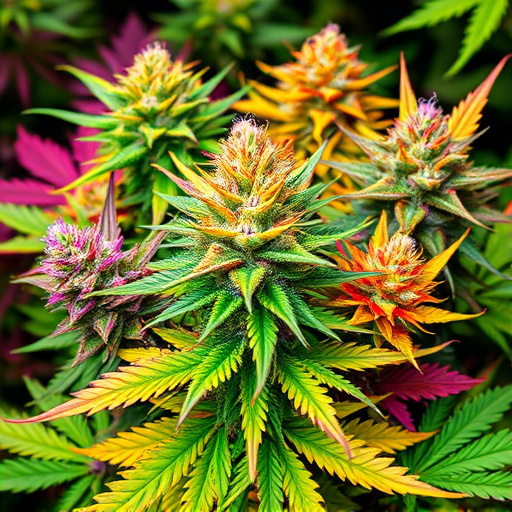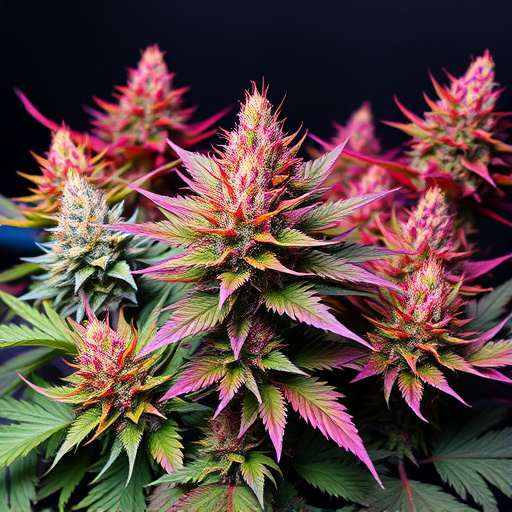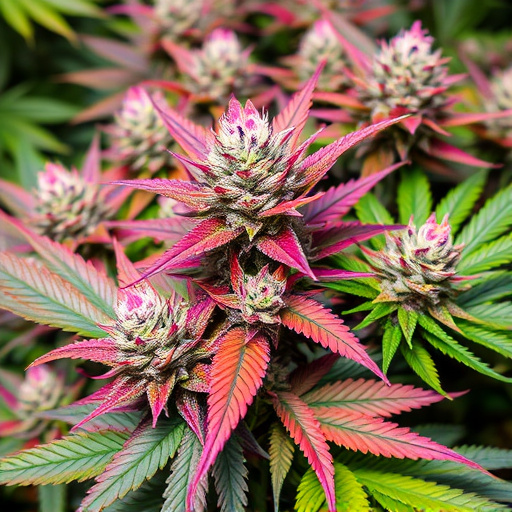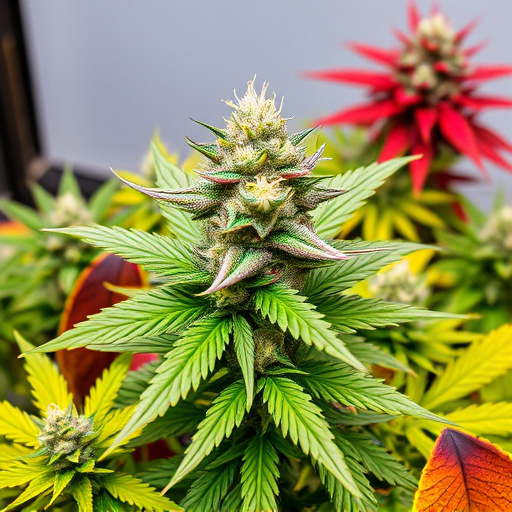High-potency colorful marijuana strains offer therapeutic benefits but also carry risks. While they can alleviate chronic pain and anxiety, their popularity raises concerns about elevated THC levels impacting mental health, especially among young people. The visual appeal of these strains may distract from crucial considerations like potency, terpene content, and potential long-term health effects, particularly when artificial techniques are used to create their vibrant colors. More research is needed to fully understand the complexities of cannabis's impact on brain chemistry.
“Exploring the risks associated with cannabis flower is essential, especially as its popularity grows. This article delves into three critical aspects: potent THC content, mental health implications, and the potential hazards of colorful marijuana strains. While cannabis offers benefits, understanding these risks is paramount for informed decisions. By examining the science behind these issues, we can navigate the complex world of cannabis use, ensuring a healthier relationship with this increasingly accessible substance.”
- Potent Potentials: Understanding High THC Content Risks
- Beyond the Buzz: Mental Health and Cannabis Use
- The Unseen Hazards of Consuming Colorful Marijuana Strains
Potent Potentials: Understanding High THC Content Risks
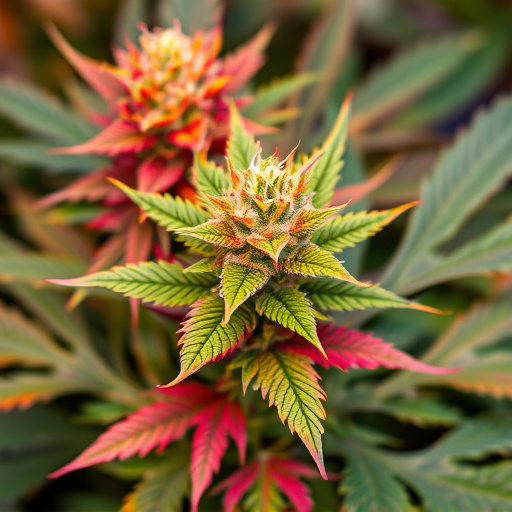
High-potency cannabis, often characterized by its potent marijuana strains, is a double-edged sword. While these colorful varieties offer compelling therapeutic benefits for specific conditions like chronic pain and anxiety, their popularity also underscores an important consideration: the potential risks associated with high THC content.
THC, the primary psychoactive compound in cannabis, can have varying effects on different individuals. For some, it may induce relaxation and euphoria. However, elevated THC levels can lead to adverse reactions such as heightened anxiety, paranoia, and cognitive impairment, especially in those with a history of mental health issues. It’s crucial for consumers to understand the risks, particularly when exploring potent marijuana strains, to ensure a safe and beneficial experience.
Beyond the Buzz: Mental Health and Cannabis Use
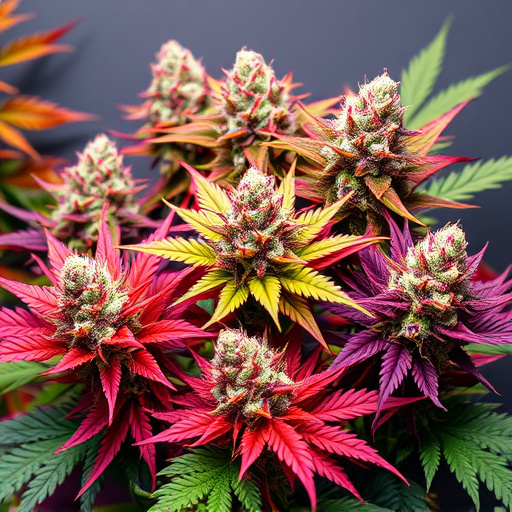
Beyond the initial buzz, regular cannabis use can have significant impacts on mental health, especially with prolonged or heavy consumption. While some individuals may experience temporary relief from stress and anxiety, chronic use has been linked to an increased risk of developing mental health disorders such as depression, psychosis, and anxiety disorders. The impact is particularly pronounced in young people whose brains are still developing. Colorful marijuana strains, often marketed for their aesthetic appeal, can be especially enticing but do not mitigate these risks.
Research suggests that the potential adverse effects are more likely to manifest in individuals with pre-existing mental health conditions or genetic predispositions. The complex interplay between cannabis and brain chemistry is an area of active research, highlighting the need for further understanding. Until then, it’s crucial to be aware that while colorful marijuana strains might offer a fleeting sense of euphoria, their long-term effects on mental well-being should not be overlooked.
The Unseen Hazards of Consuming Colorful Marijuana Strains
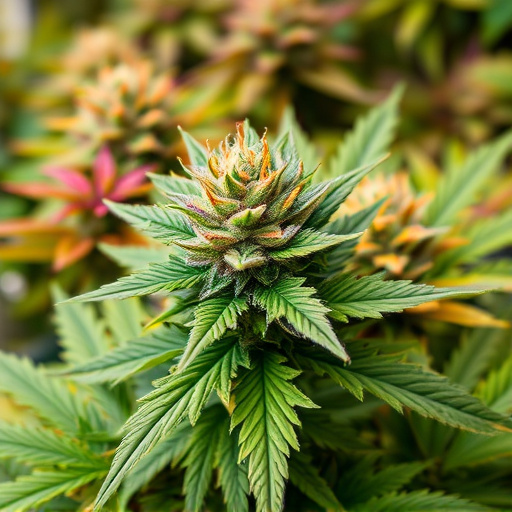
While colorful marijuana strains may visually appeal, it’s crucial to acknowledge that they often come with unseen hazards. The vibrant hues are typically achieved through artificial means, such as genetic modification or the use of synthetic pigments, which can introduce potentially harmful substances into the final product. These additives haven’t been thoroughly studied for their long-term effects on human health, raising concerns about potential toxicity and unknown interactions with other compounds in cannabis.
Moreover, the focus on visual attractiveness might distract from other important factors. Consumers may be led to prioritize appearance over potency, terpene profiles, and possible side effects. This could result in unaware users consuming strains with higher levels of potent cannabinoids or other chemical components that could lead to adverse reactions, including short-term memory impairment, increased anxiety, or even more severe health issues depending on individual vulnerability and consumption frequency.
While cannabis flower offers potential therapeutic benefits, it’s crucial to be aware of its risks, especially with the rising popularity of potent THC strains and visually appealing, colorful marijuana varieties. The mental health implications and unseen hazards associated with excessive consumption cannot be overlooked. Understanding these risks is essential for making informed decisions regarding cannabis use. Remember that moderation and responsible usage are key to avoiding potential adverse effects, particularly with the unique challenges posed by modern, highly concentrated strains.
